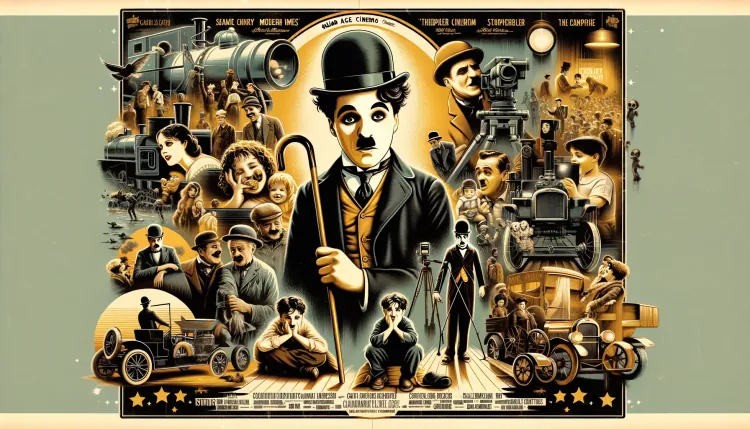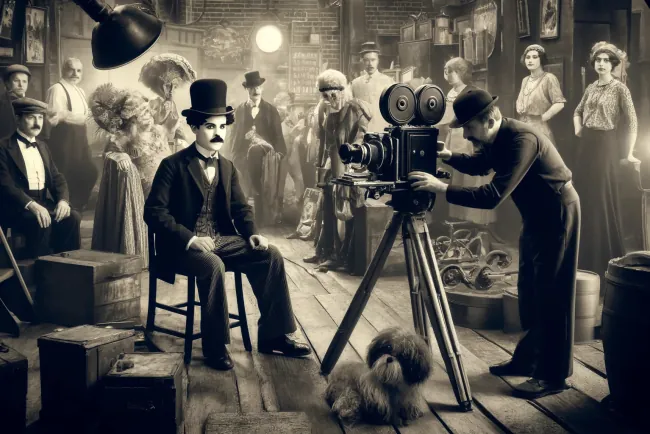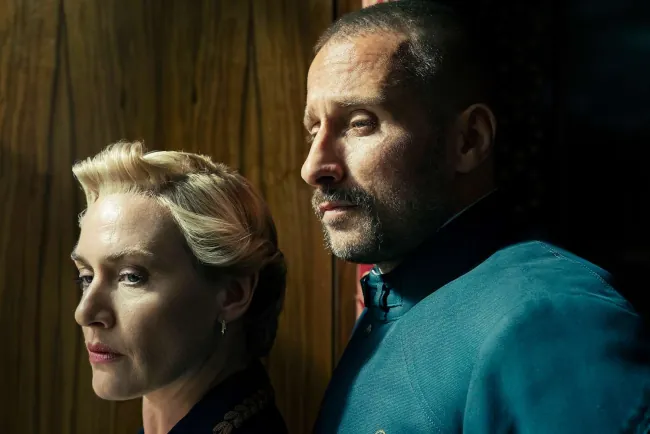Charlie Chaplin: A Cinematic Genius and His Timeless Films
Explore the life, films, and lasting legacy of Charlie Chaplin, cinema's iconic silent film genius who mastered comedy and social commentary.

-
Introduction
- Introduction to Charlie Chaplin's influence on cinema.
- Brief overview of his iconic character "The Tramp" and Chaplin's multifaceted role in filmmaking.
-
Early Life and Career Beginnings
- Background on Chaplin's childhood in London and the influence of his entertainer family.
- His early experiences with hardship and how these themes translated into his films.
- Transition from the Fred Karno theatrical company to his move to the United States and initial film work.
-
Development of The Tramp Character
- Overview of "Making a Living" (1914) and the evolution of The Tramp.
- The global impact of The Tramp character and Chaplin’s rise to international fame.
-
Chaplin’s Signature Filmmaking Style
- Exploration of his roles as writer, director, and editor.
- Key elements of his style: blending slapstick, pathos, and social commentary.
- Chaplin’s persistence with silent films during the rise of talkies.
-
Major Films and Their Impact
- "The Kid" (1921): Analysis of its themes and critical reception.
- "The Gold Rush" (1925): Discussion of iconic scenes and its legacy.
- "City Lights" (1931): Examination of its romantic plot and lasting emotional impact.
- "Modern Times" (1936): Insight into its critique of industrialization and its comedic elements.
-
Legacy and Influence on Cinema
- Chaplin's contributions to film as an art form.
- His commentary on societal issues through cinema.
- Influence on future generations of filmmakers.
-
Conclusion
- Summation of Chaplin's timeless appeal and relevance in modern cinema.
- Reflection on the enduring nature of his work and its ability to communicate universal human experiences.
Charlie Chaplin: A Cinematic Genius and His Timeless Films
Introduction
Charlie Chaplin, the eminent figure from the golden era of silent films, continues to be celebrated not only for his iconic character, The Tramp, but also for his revolutionary filmmaking techniques that have left a permanent mark on the industry. This article delves into Chaplin's enduring legacy, exploring his innovative contributions to cinema and some of his most influential works.
Early Life and Career Beginnings
Born into a family of entertainers in 1889 in London, Charles Spencer Chaplin's early life was fraught with challenges. The adversities he faced during his childhood played a significant role in shaping the recurring themes of struggle and triumph in his films. Chaplin's cinematic journey began with his involvement in the Fred Karno theatrical company, which eventually led to his move to the United States in 1910. His film debut was in "Making a Living" (1914), but it was his creation of The Tramp that would cement his status as a global icon.
Development of The Tramp Character
The Tramp, characterized by his baggy trousers, tight coat, bowler hat, and cane, quickly became a beloved figure worldwide. This character, which brilliantly combined elements of a gentleman and a vagabond, resonated deeply with audiences, propelling Chaplin to unprecedented fame.
Chaplin’s Signature Filmmaking Style
Chaplin was not just a comedic actor but also a skilled filmmaker. He often took on the roles of writer, director, and editor, showcasing his versatile talents across the filmmaking spectrum. His films are renowned for their perfect amalgamation of slapstick humor, poignant emotion, and keen social critique, particularly addressing issues like poverty, inequality, and the dehumanizing effects of industrialization.
Major Films and Their Impact
- The Kid (1921): Chaplin's first full-length film as a director, which artfully blends comedy with drama, highlighting his ability to evoke both laughter and deep emotion.
- The Gold Rush (1925): Features the unforgettable scene of The Tramp eating his shoe, blending despair with humor in a memorable Klondike adventure.
- City Lights (1931): A romantic and emotional narrative where The Tramp falls in love with a blind flower girl, renowned for its poignant ending.
- Modern Times (1936): A satire on the industrial age, this film is both a comedic masterpiece and a critical social commentary.
Legacy and Influence on Cinema
Chaplin's profound impact on cinema extends beyond his technical innovations; he also offered insightful commentary on the social issues of his time. His work has inspired countless filmmakers and continues to resonate with audiences today, demonstrating the power of cinema to bridge cultural and temporal boundaries.
Conclusion
Charlie Chaplin's genius lies not just in his humor but also in his ability to connect with the human spirit. His films, transcending time and cultural barriers, continue to inform and inspire, proving that Chaplin’s legacy is as relevant today as it was during the height of his career. As we revisit his masterpieces, we are reminded of the timeless nature of his artistic vision.
FAQs
Q: What made Charlie Chaplin stand out in the silent film era? A: Chaplin's unique blend of humor, emotional depth, and social commentary, coupled with his iconic character The Tramp, made him a standout figure in the silent film era.
Q: How did Chaplin's background influence his filmmaking? A: Chaplin's early experiences with poverty and struggle are reflected in the themes of his films, which often highlight the resilience of the human spirit in the face of adversity.
Q: Are Chaplin's films still relevant today? A: Absolutely, Chaplin's films are not only significant historically but also resonate with contemporary audiences, offering insight into early 20th-century life and universal themes of love, hardship, and social justice.
What's Your Reaction?






















